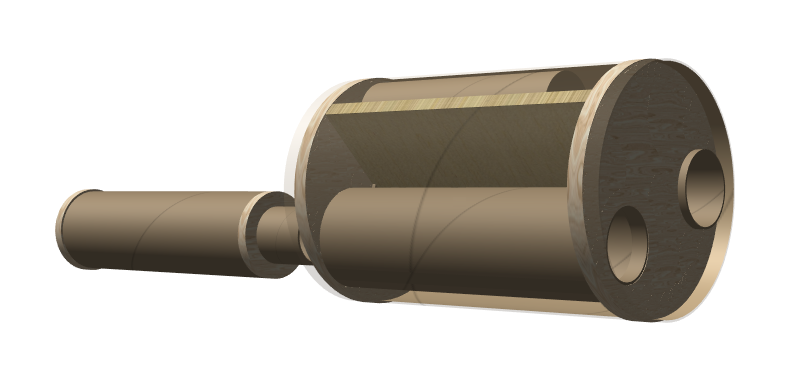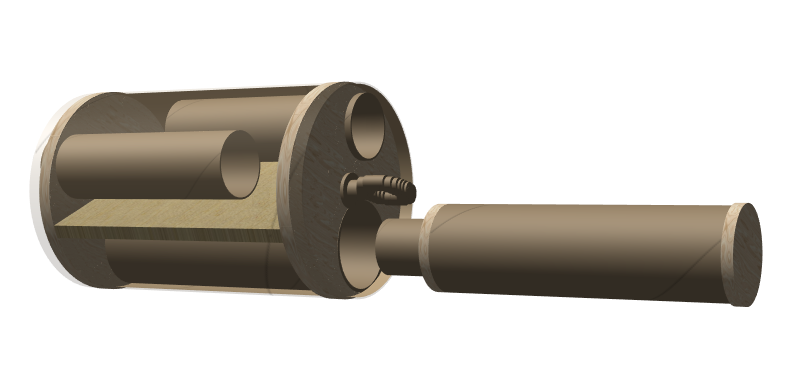- Joined
- Mar 27, 2013
- Messages
- 22,529
- Reaction score
- 14,925
I'm building three 4" diameter Binder Design kits, including an Excel Dual Deploy... However, I'm looking to build it with a baffle located at the normal AV bay location, and I want a redundancy for the ejection charge. This poses a problem... If the baffle occupies the space that the AV bay normally occupies, where does the electronics go? My solution is an AV bay in the nosecone. I consulted the book (Mark Canepa's "Modern-High Power Rocketry 2" (published 2005)), but the blurb is small, and not very encouraging.
I feel this is a tad out of date, as it was published in 2005, and here we are 13 years later. But that warning sounds timeless.
My nosecone is the standard Binder Design 16" long 4" diameter N/C. My electronics have yet to be chosen, but a pair of JLCRs is planned for the actual deployment of the main.
Honestly, I wish I could figure a baffle/AV bay unit, but that sounds fraught with potential problems.
Any suggestions? Build links?
Thanks!
Jim
Altimeters can even be mounted in the nose cone, as seen in the middle photo of Tripoli member Richard King's rocket, which contained a blacksky Altacc mounted directly to the inside of the cone. Be aware, however, that turbulent air flow near the tip of the rocket, or near the fins, can inadvertently trigger the altimeter early
I feel this is a tad out of date, as it was published in 2005, and here we are 13 years later. But that warning sounds timeless.
My nosecone is the standard Binder Design 16" long 4" diameter N/C. My electronics have yet to be chosen, but a pair of JLCRs is planned for the actual deployment of the main.
Honestly, I wish I could figure a baffle/AV bay unit, but that sounds fraught with potential problems.
Any suggestions? Build links?
Thanks!
Jim








